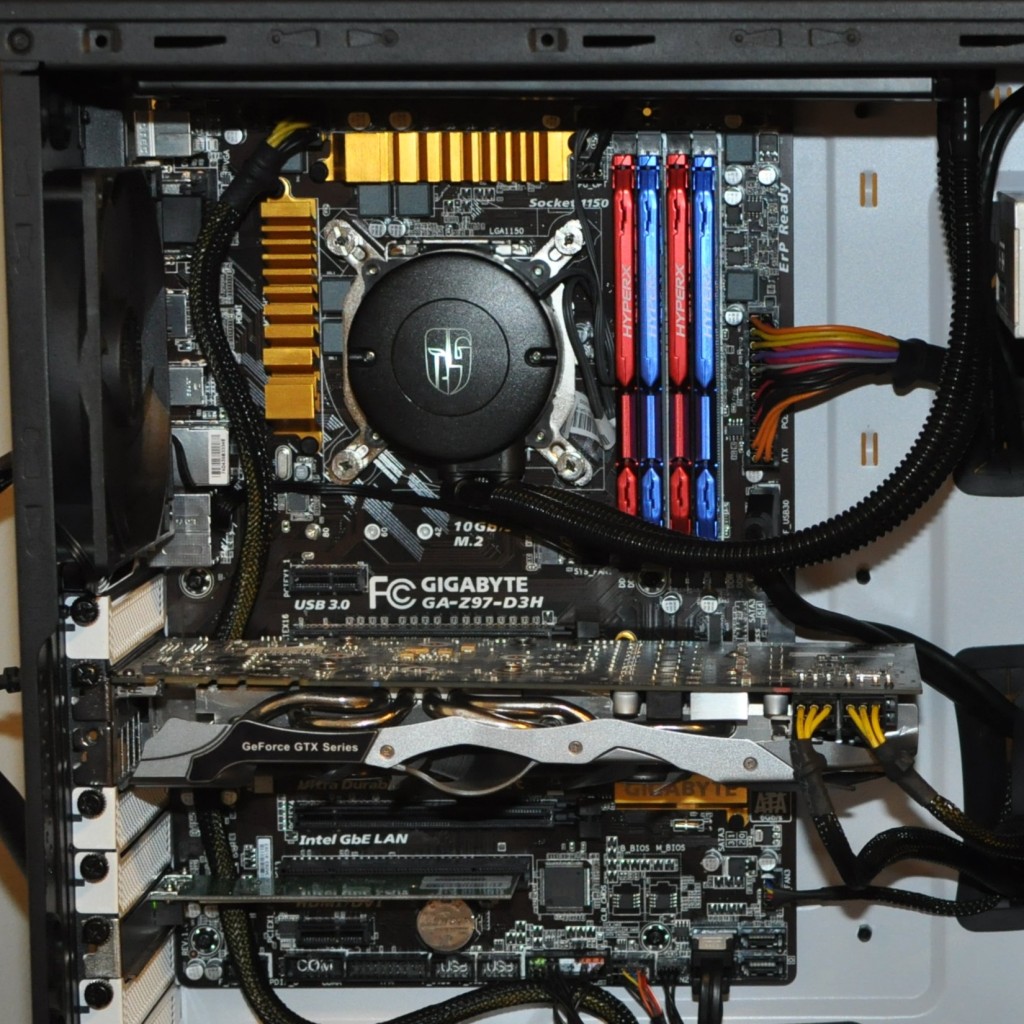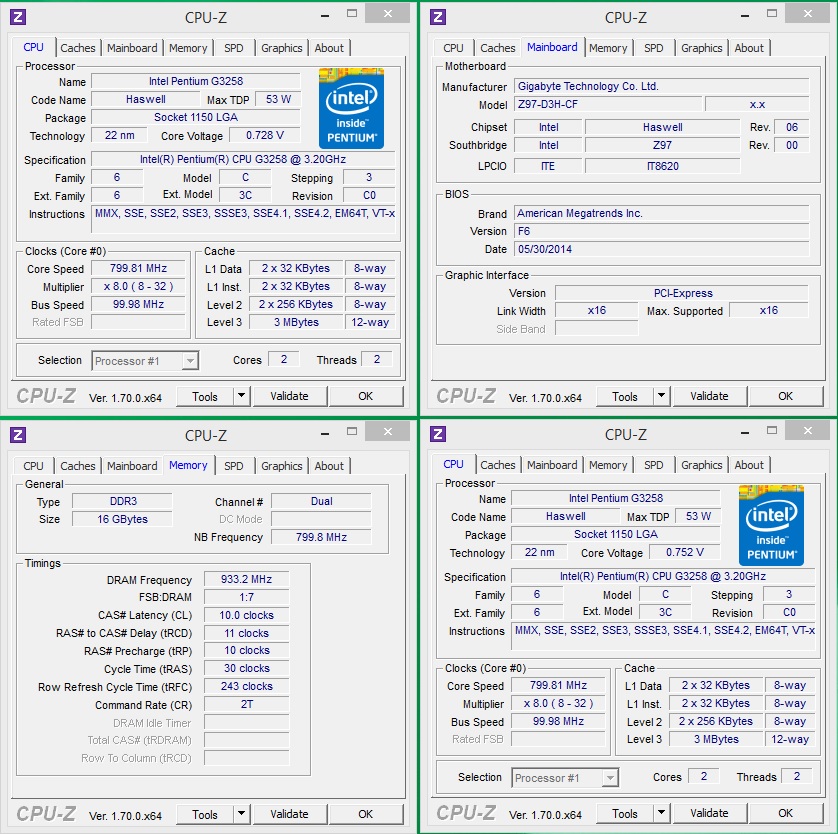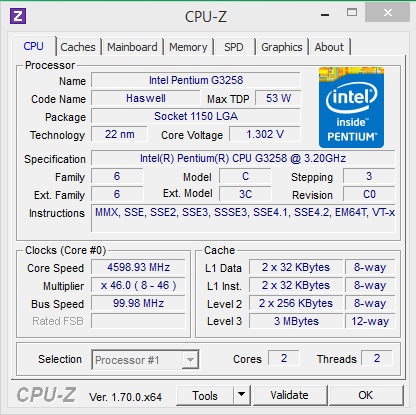BIOS FEATURES
As always, on your first boot up of a new board you should go straight into your BIOS options and make sure that nothing is set out of line. Upon first boot into the BIOS we were greeted with a large language selection wizard, and then carried into what is quite possibly the most intuitive UEFI BIOS that I have ever had the pleasure of using. Everything is correctly labeled and easy to access, as it should be. For those of you that are used to the older Gigabyte UEFI BIOS you can access that menu by pressing the F2 button at any time.
Above are all of the sub menus that are accessible from within the initial Startup Guide menu. Instead of outlining each page, we’ve just compiled the images for you so that you can have a look over them. All of the options are pretty straight forward, and Gigabyte has done a great job of adding information about virtually all of the options you have available to you, and explaining how each option may effect performance and stability.
When you’re at the Startup Guide menu, you will see that there are small grey lines on either side of the large square menu. Should you click on the line to the left, you will be carried into the overlocking sub-menu. From here you have access to all of the CPU clock and multiplier options, as well as tons of voltage control options.
OC PERFORMANCE
As always our overclocking results come from doing a manual overclock, with the settings being set in the BIOS. Even though almost all motherboard manufacturers have some sort of software that can overclock for you, or allow you to do your overclocking inside of Windows, that’s almost never a good idea. Using the Auto overclocking options may not be the best bet either, as they can often use voltages that are much higher than needed and cause problems with your systems stability.
TEST SYSTEM
| CPU | Intel Pentium G3258 |
| RAM | 8GB Samsung DDR3 1600Mhz |
| Motherboard | Gigabyte GA-Z97-D3H |
| HDD | Intel 530 180GB SSD |
| GPU | nVidia GeForce GTX 760 |
| PSU | Antec TruePower 750Watt |
With the optimal defaults loaded in the BIOS we can see our base frequency that we are going to be doing all of our overclocking off of. We started out at 3.2GHz with a 100MHz base clock and a multiplier of 32.
As you can see we were able to get our Pentium G3258 CPU up to 4.6GHz, which is pretty decent considering that we are on air cooling, using a single 120mm fan tower cooler. We required just 1.3v to get the chip to this frequency.
This is not the absolute max that we were able to boot into Windows with, however with much more voltage than this our temperatures got a bit higher than I would prefer to run my system at. Paired with a decent water cooler, the Z97-D3H could probably take our CPU up to 4.8GHz without much of a struggle.
OVERCLOCKING
It looks like the Gigabyte GA-Z97-D3H is a very respectable overclocker, especially since it’s such a budget oriented motherboard. This is partially due to the fact that your overclocking potential is no longer limited by the motherboard. Virtually all boards should be able to achieve roughly the same overclock. This is because the overclocking potential is influenced directly by the CPU rather than the motherboard. Long gone are the days of catching a good CPU “batch”, as it seems that it is all luck of the draw as to what your overclocking potential will be.
 Technology X Tomorrow's Technology Today!
Technology X Tomorrow's Technology Today!













you are using a HyperX Fury 1866 memory while in your review you refereed ir as Samsung DDR3 1600Mhz 😛
i cant get my memory past 667 on this board, I’m told its the max the processor can handle. Looks like that’s the wrong information but ill check a few other reviews first.